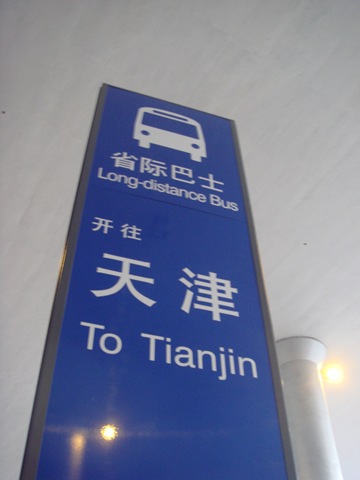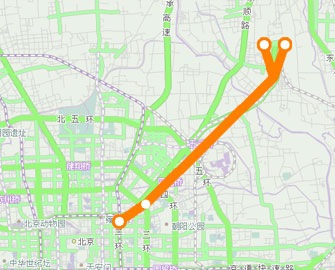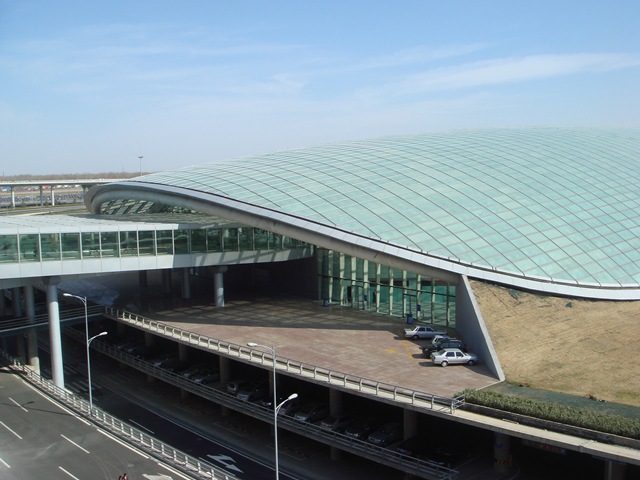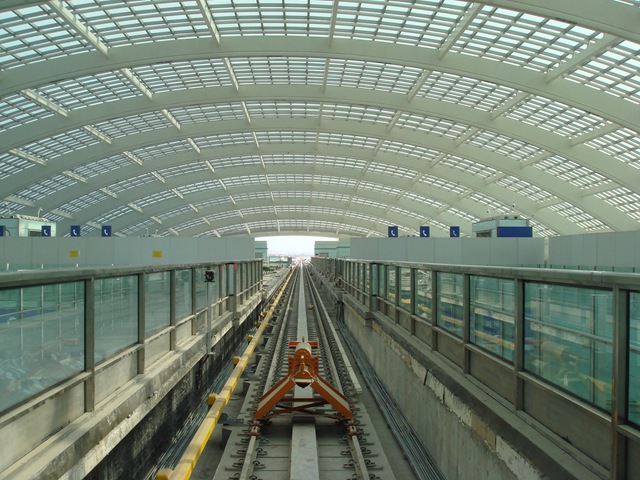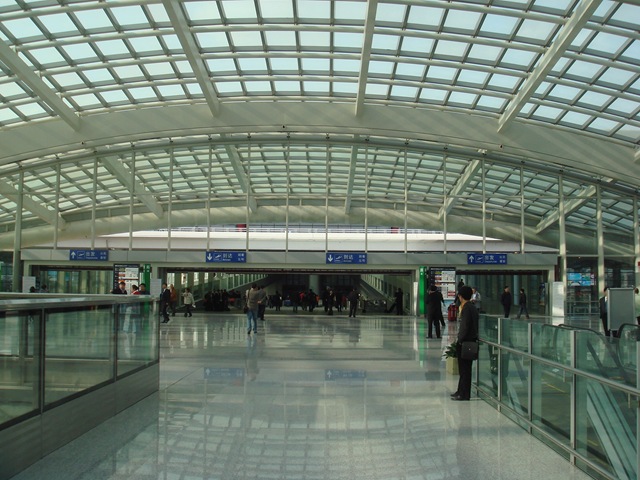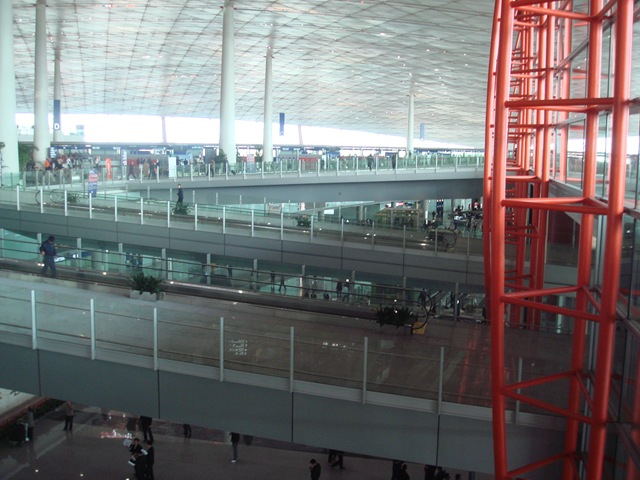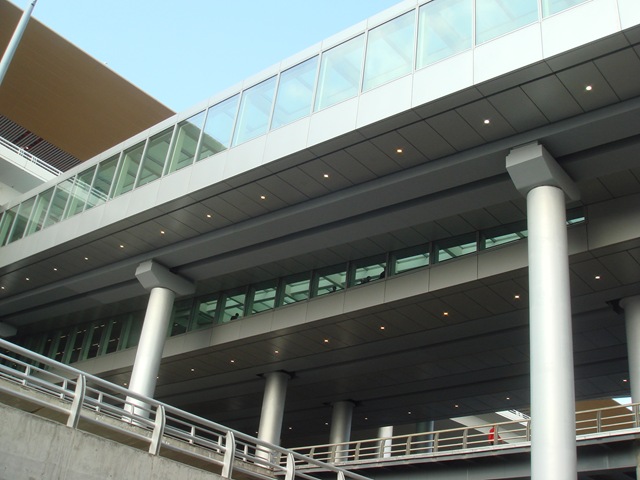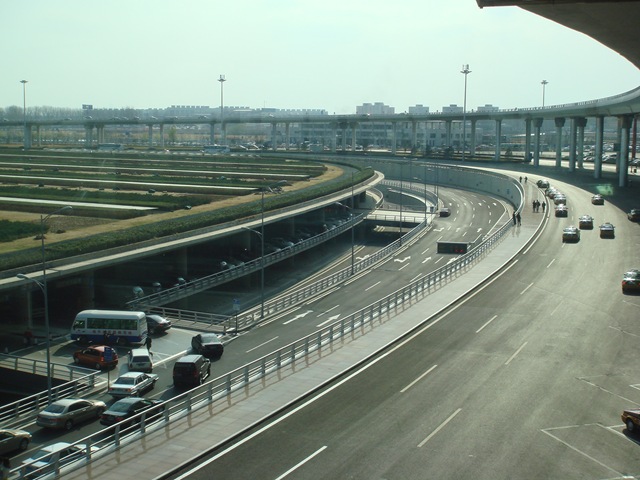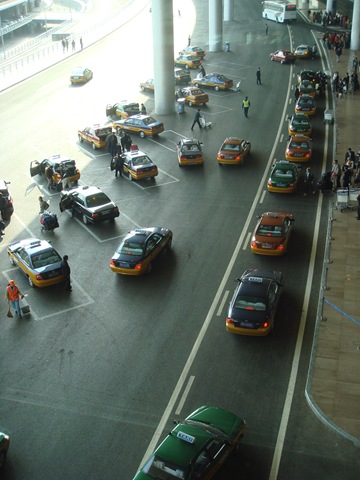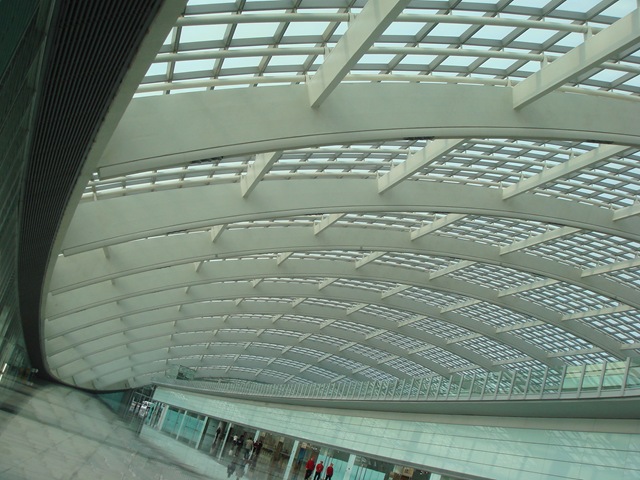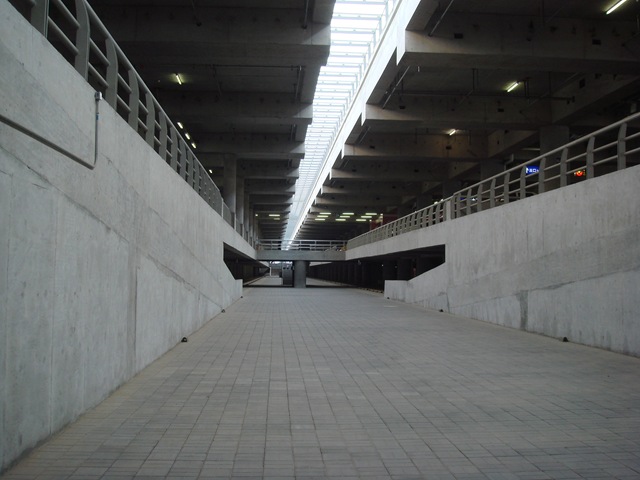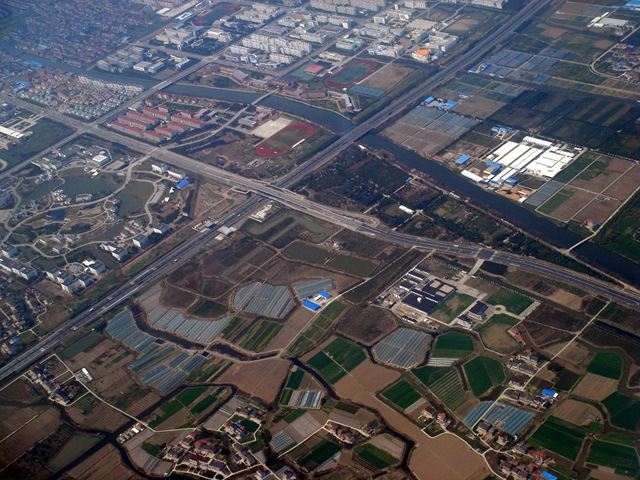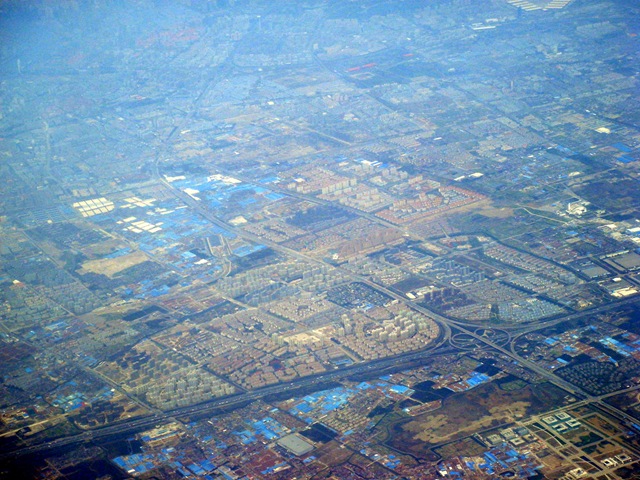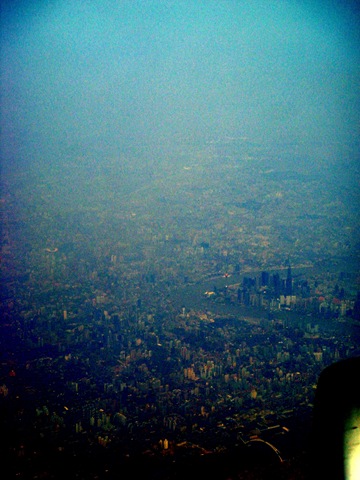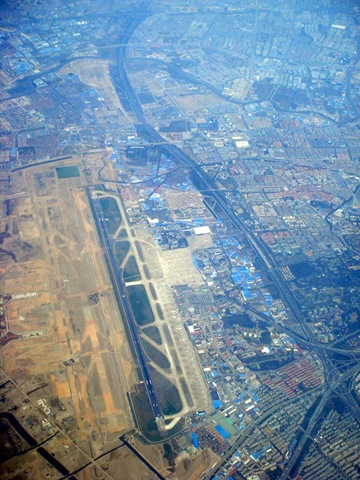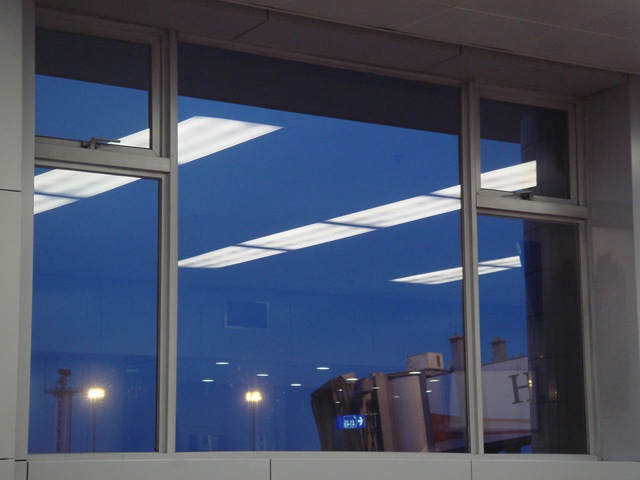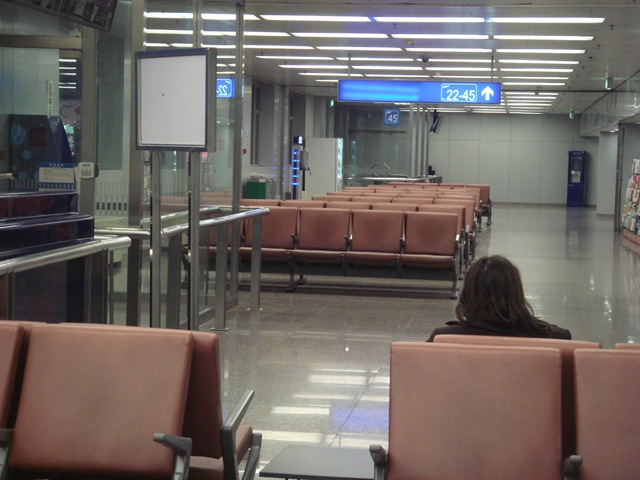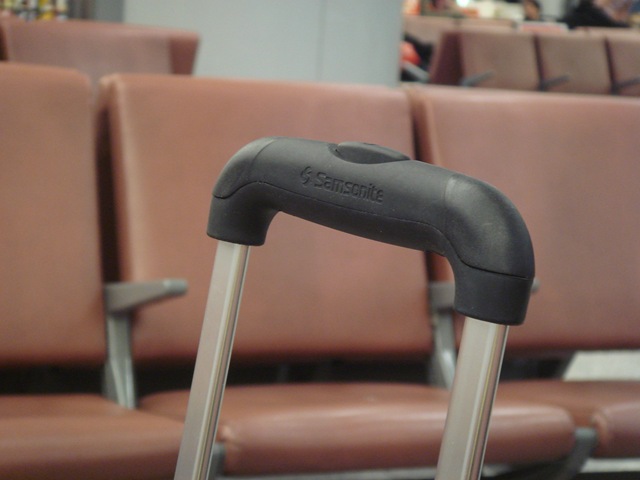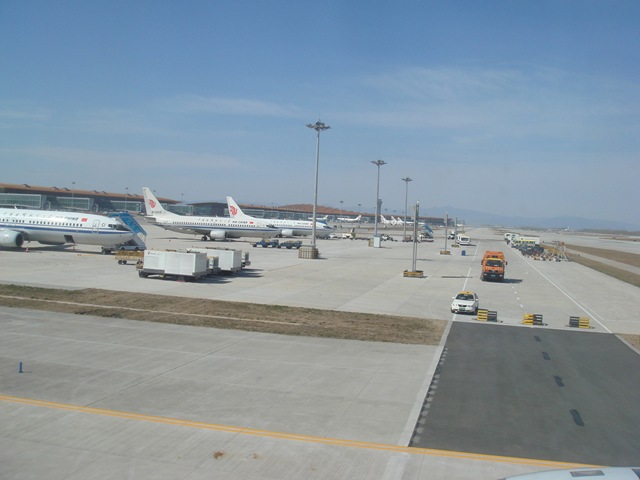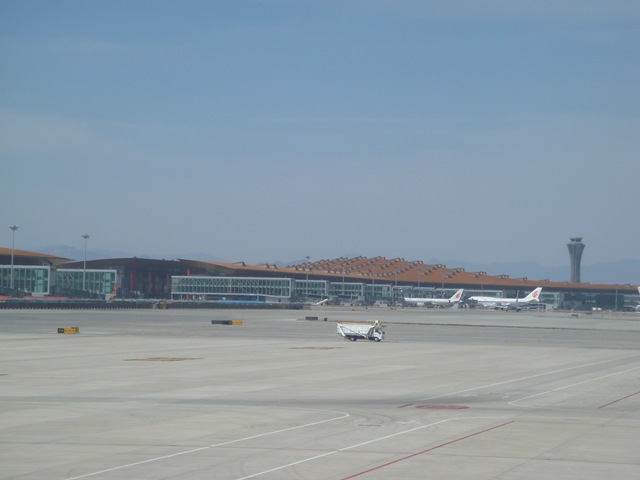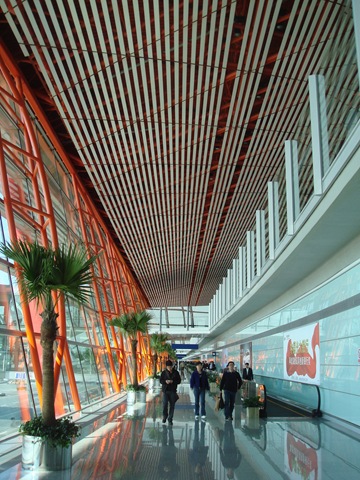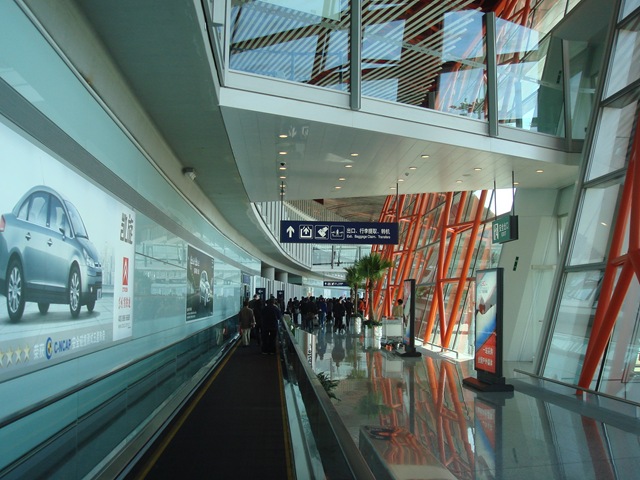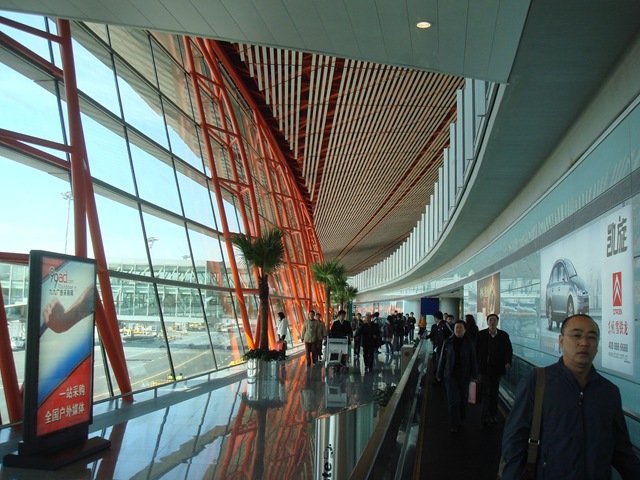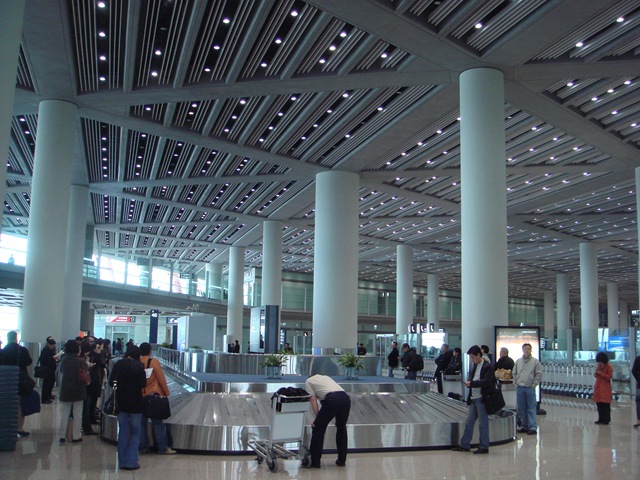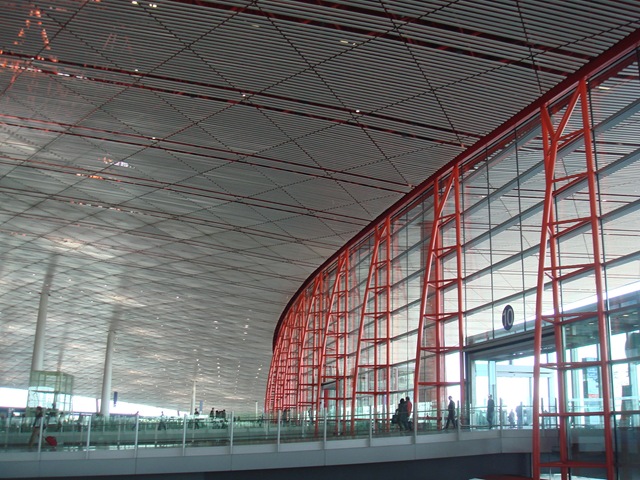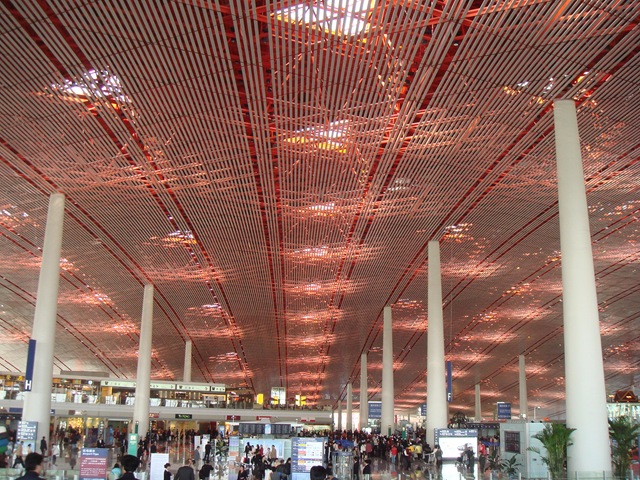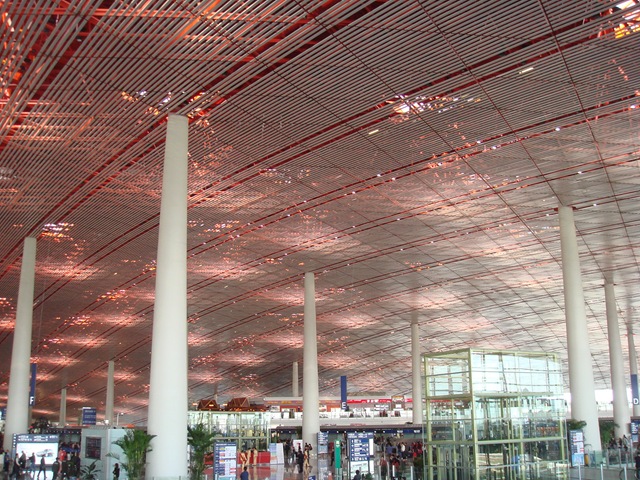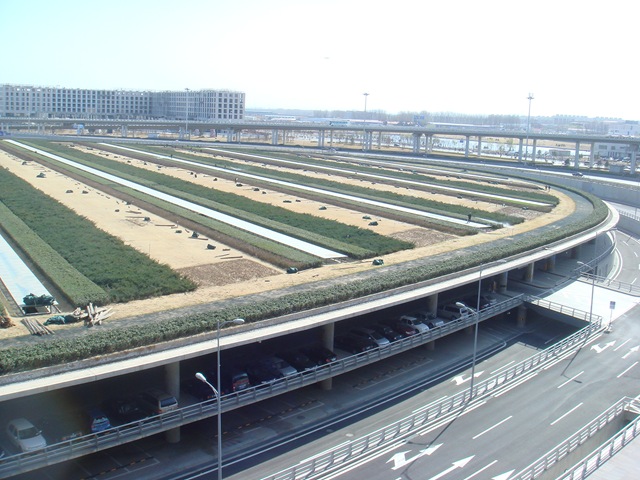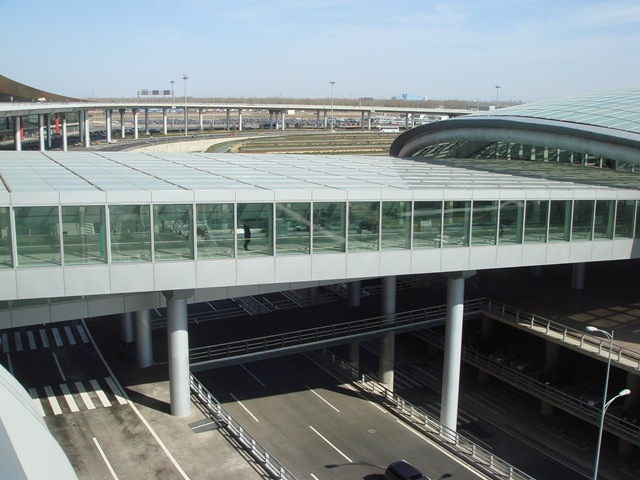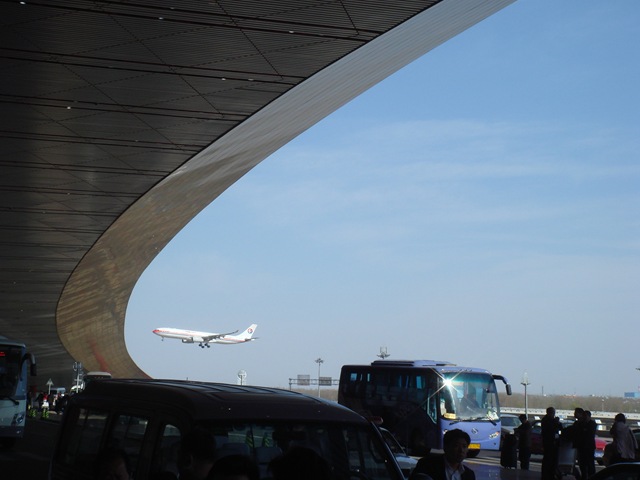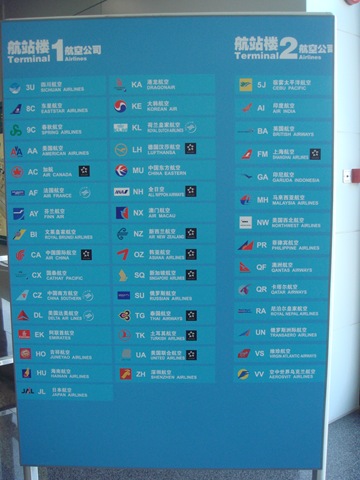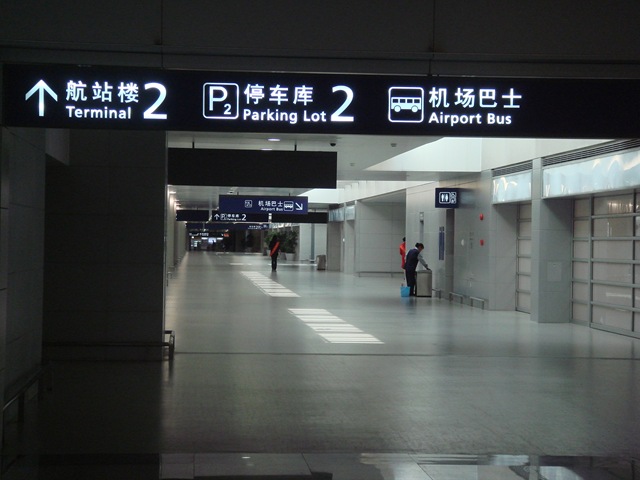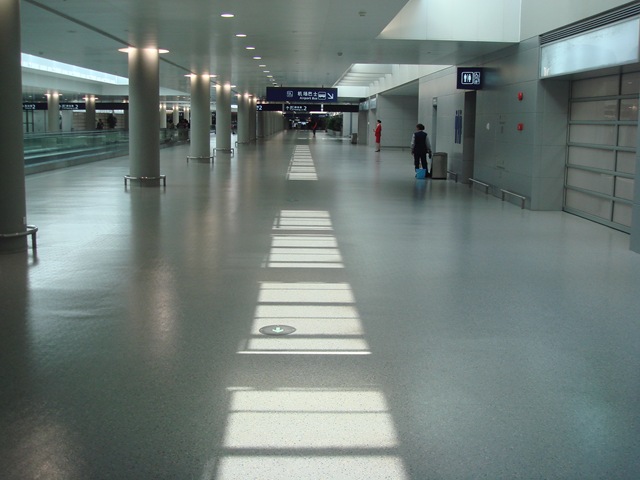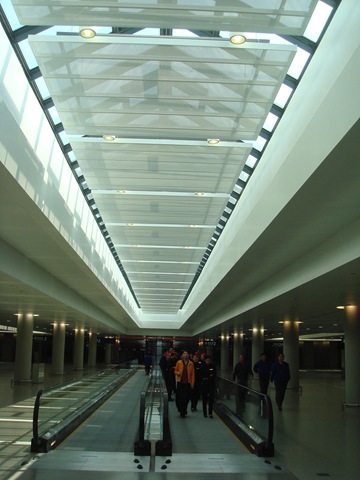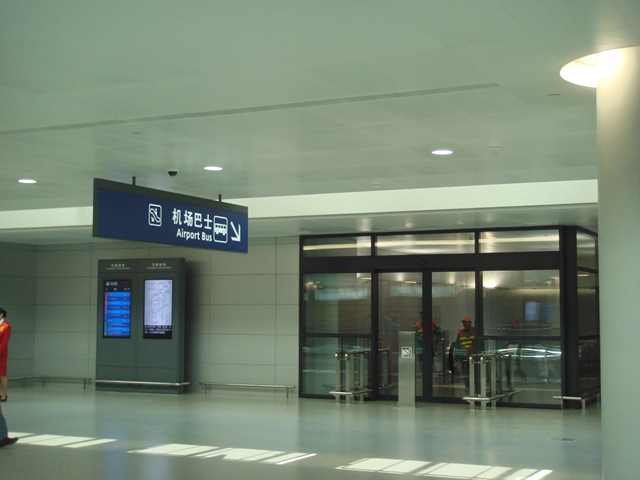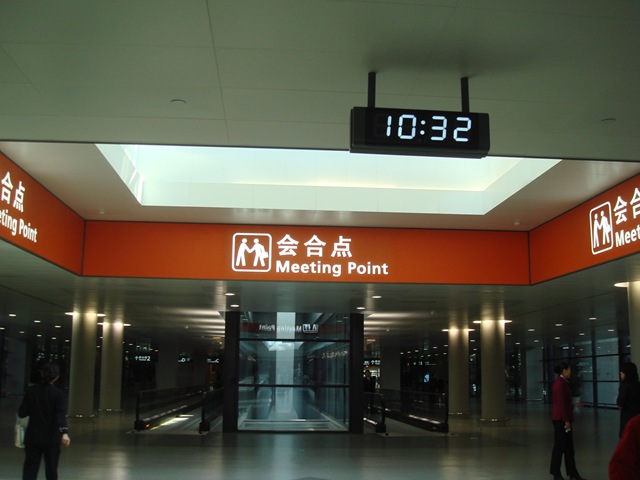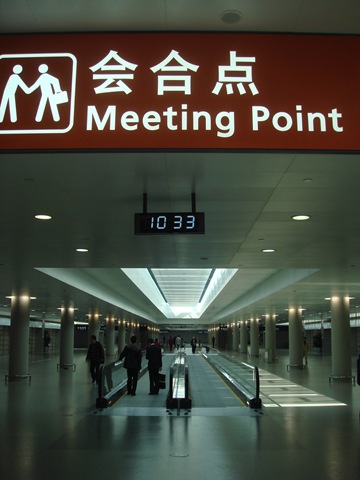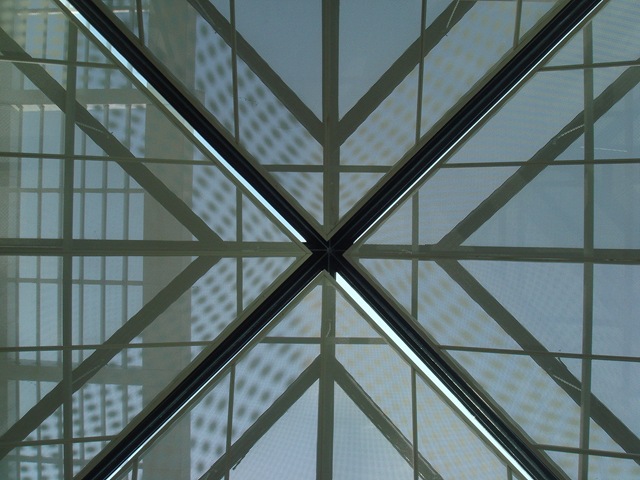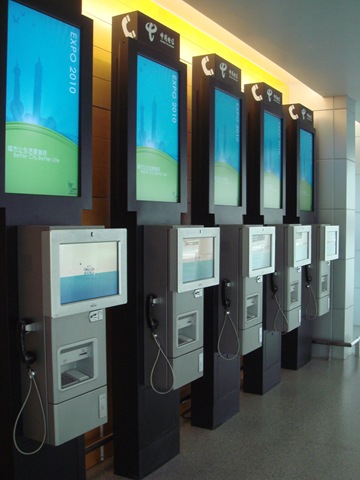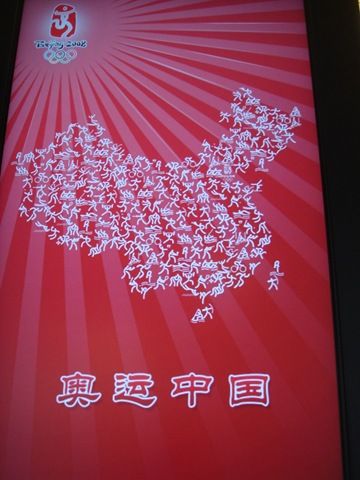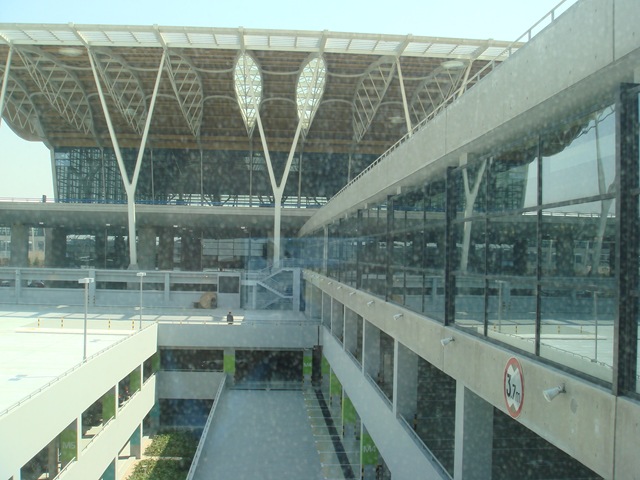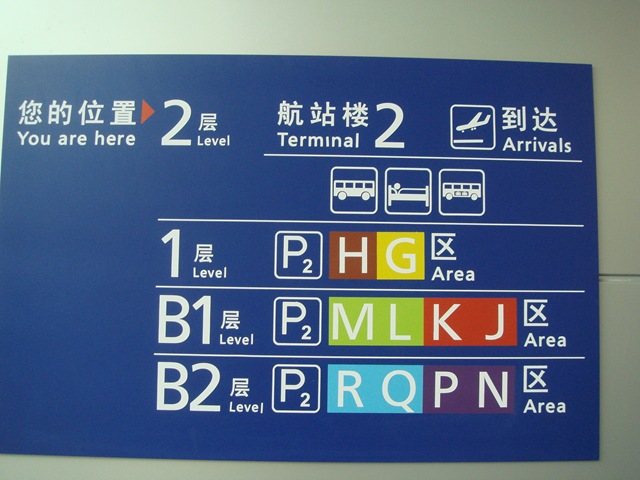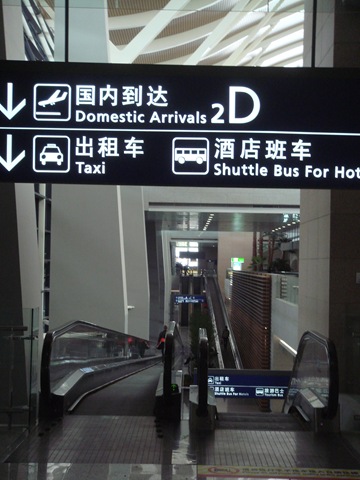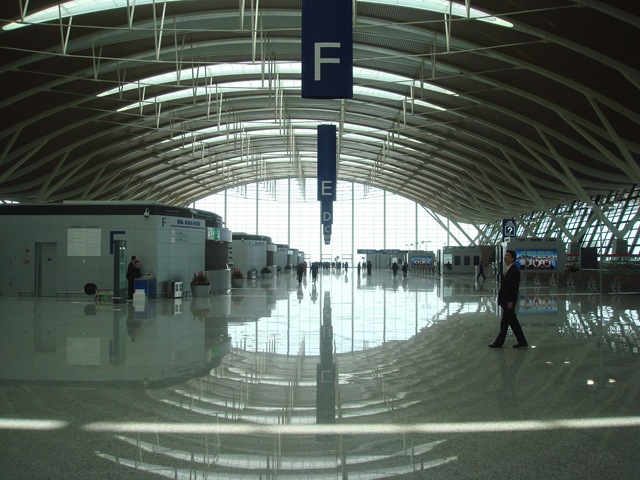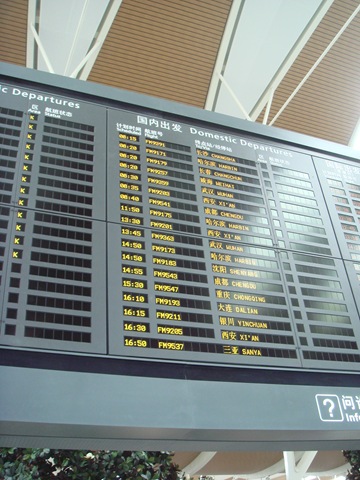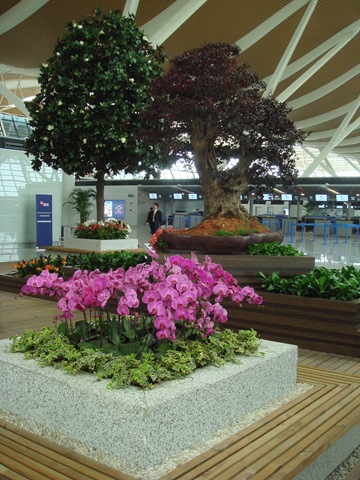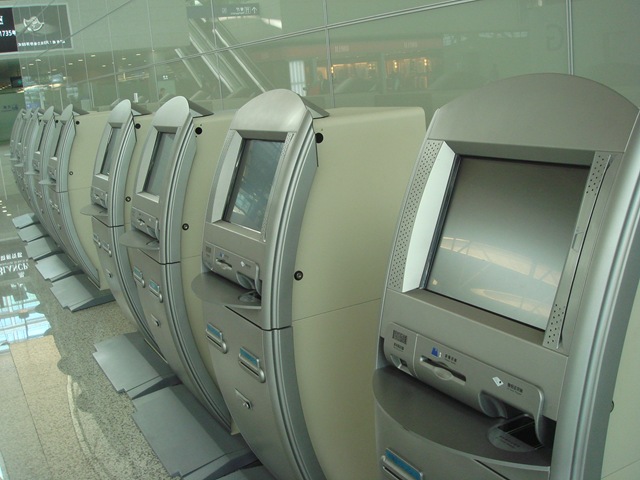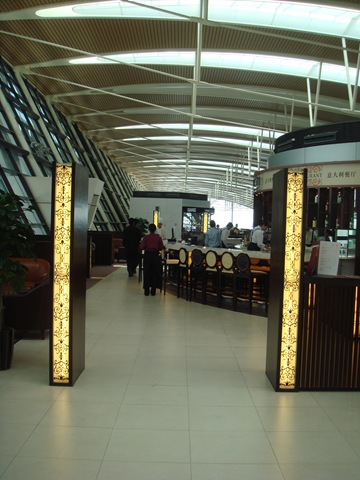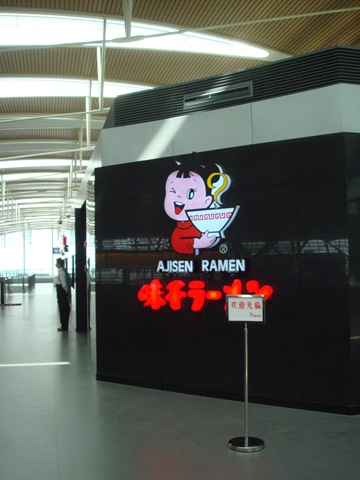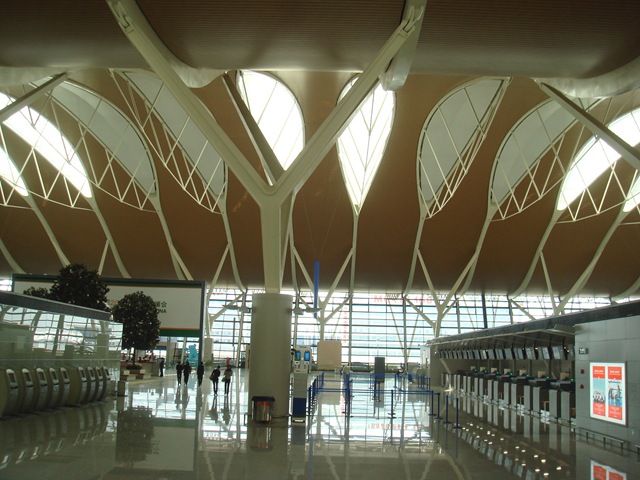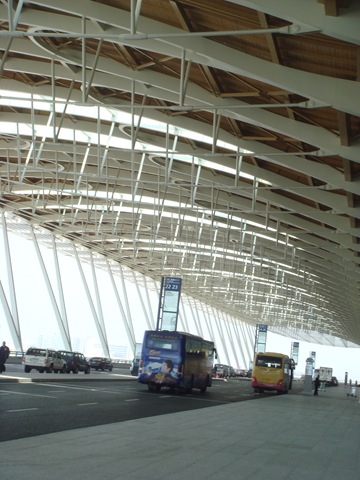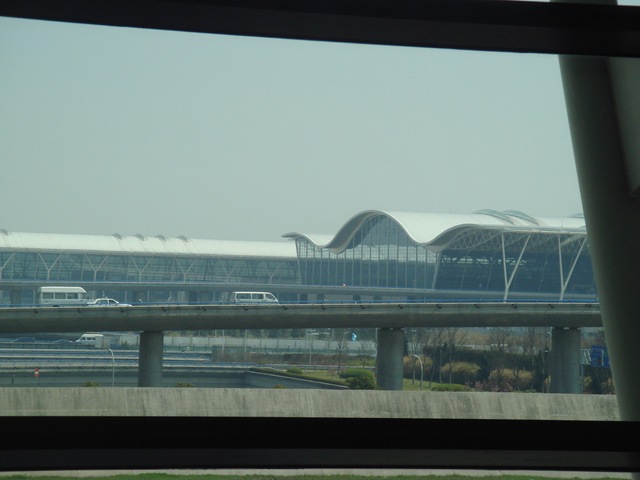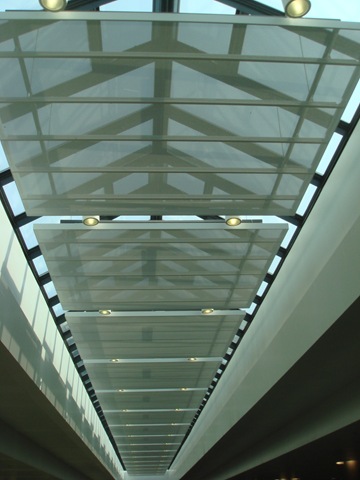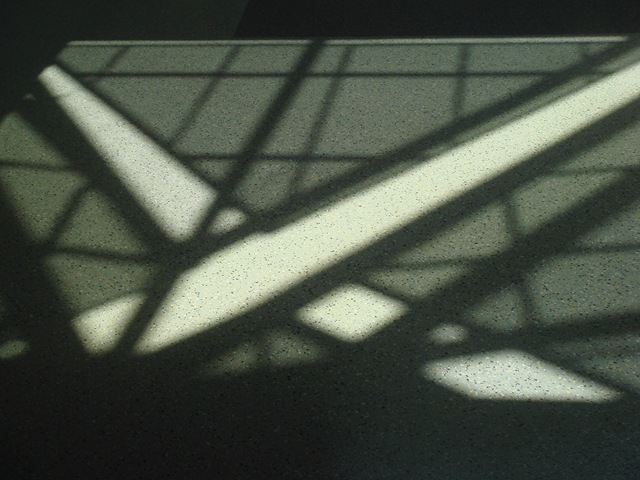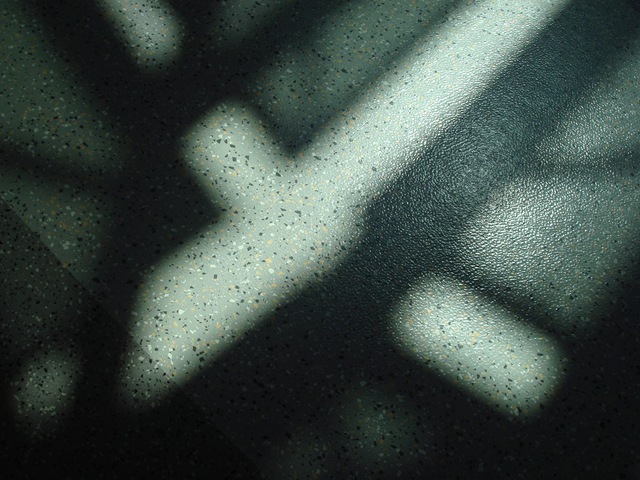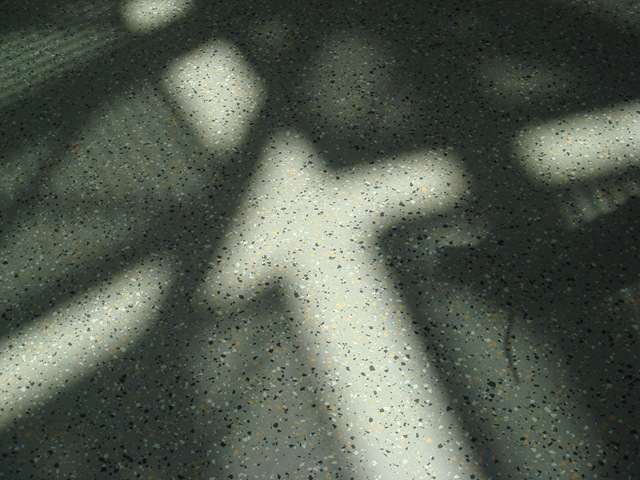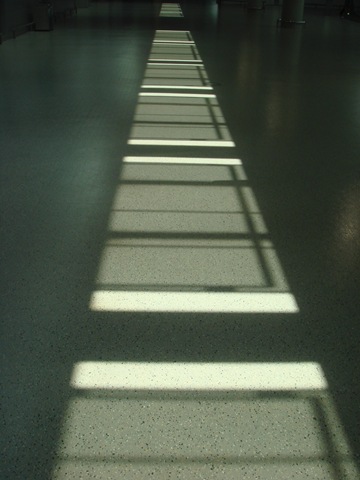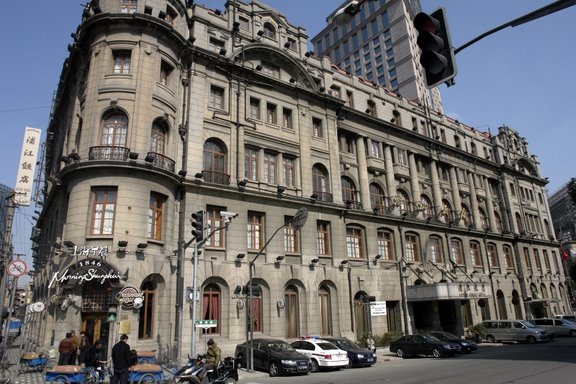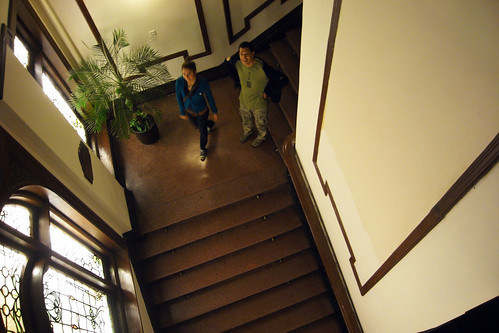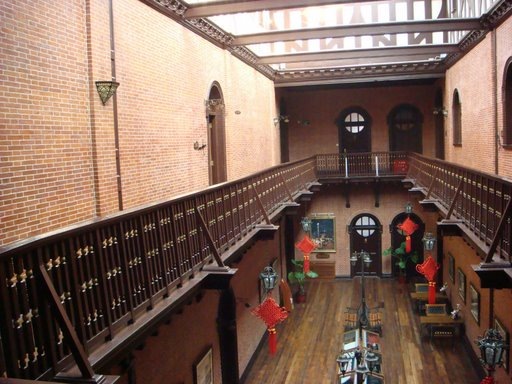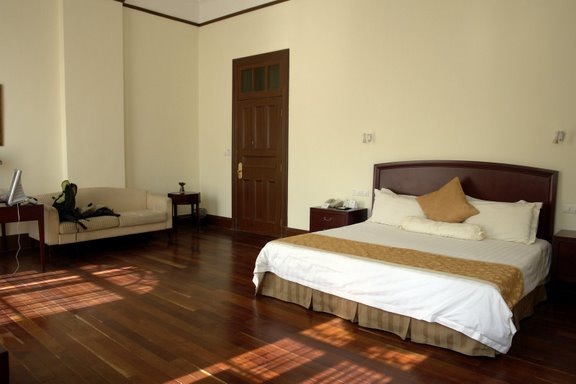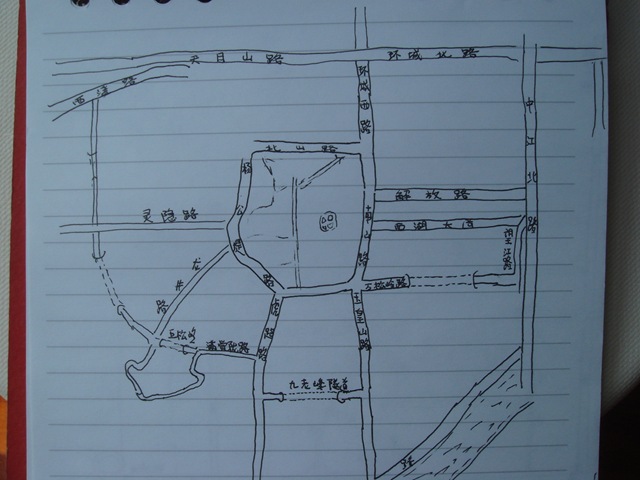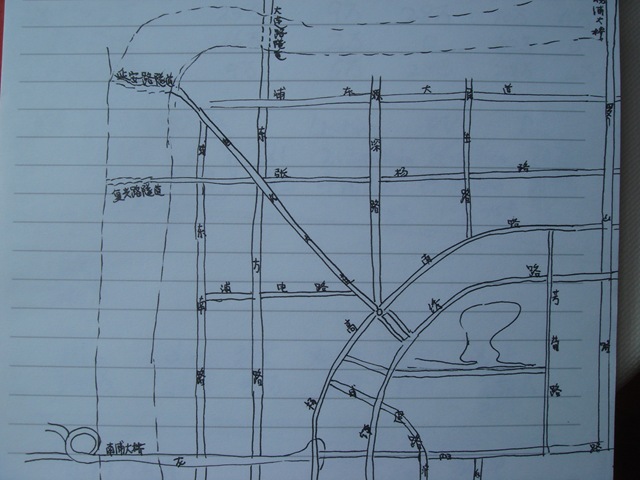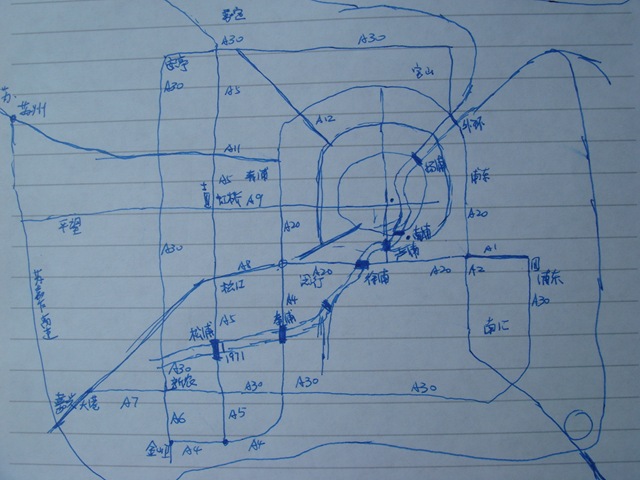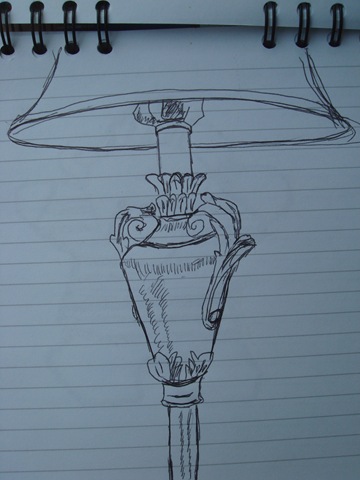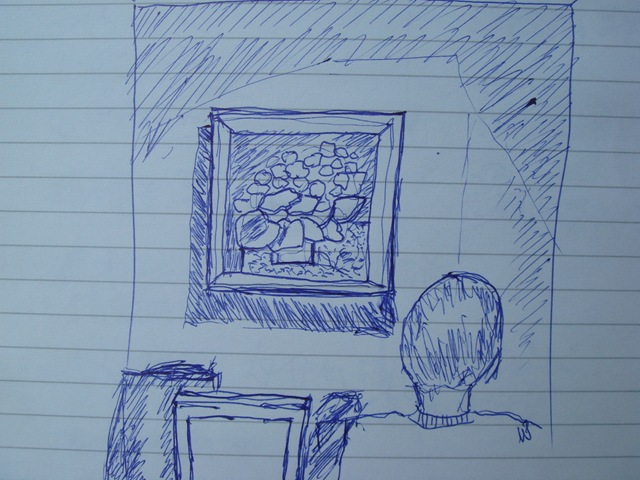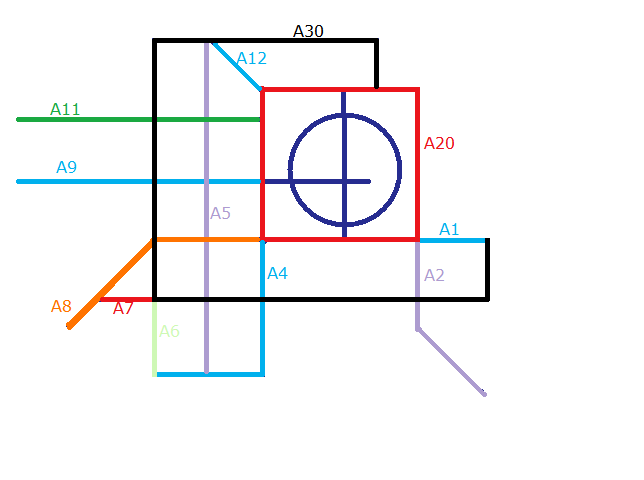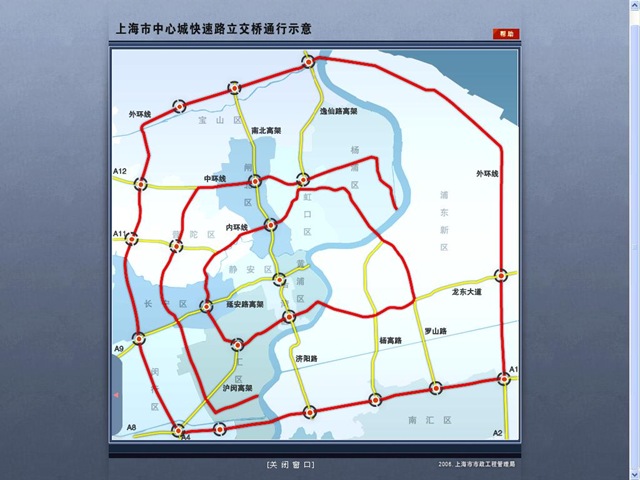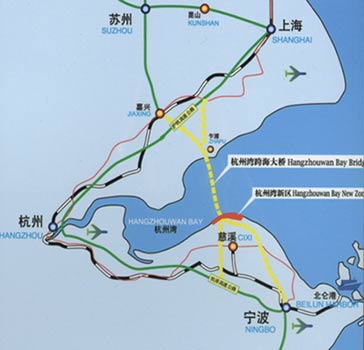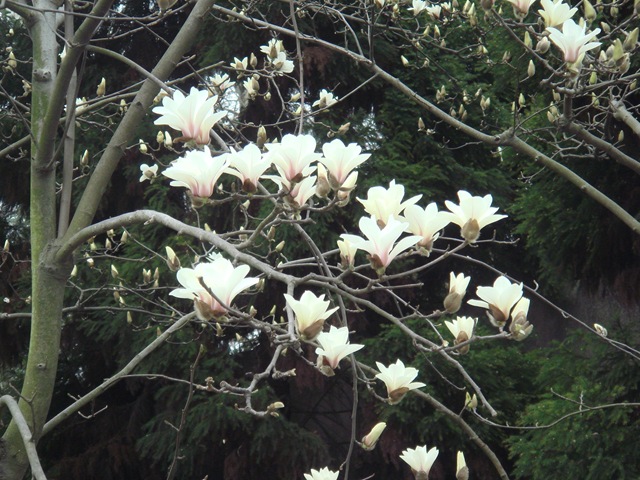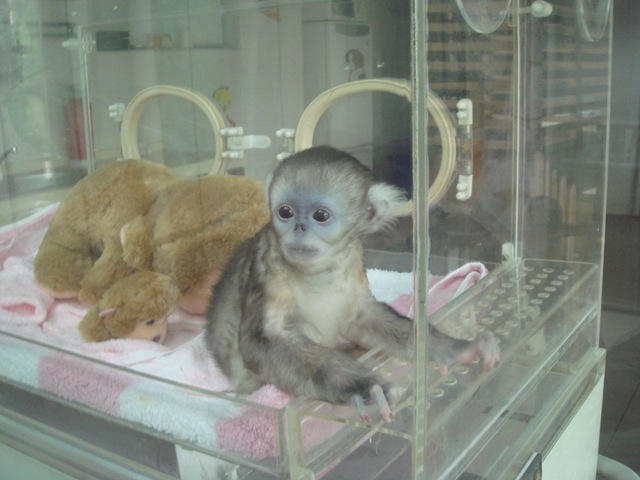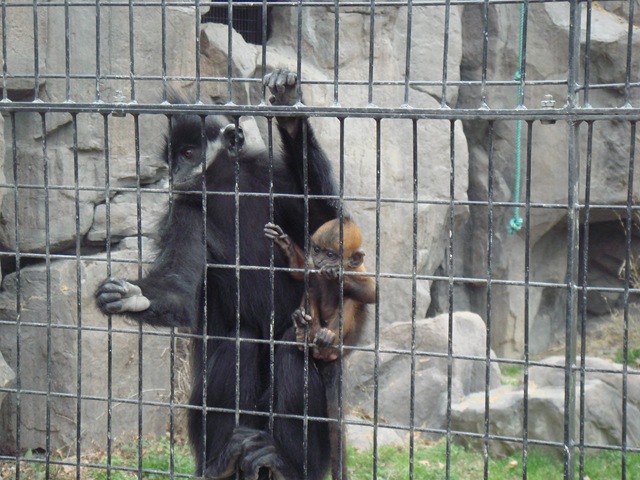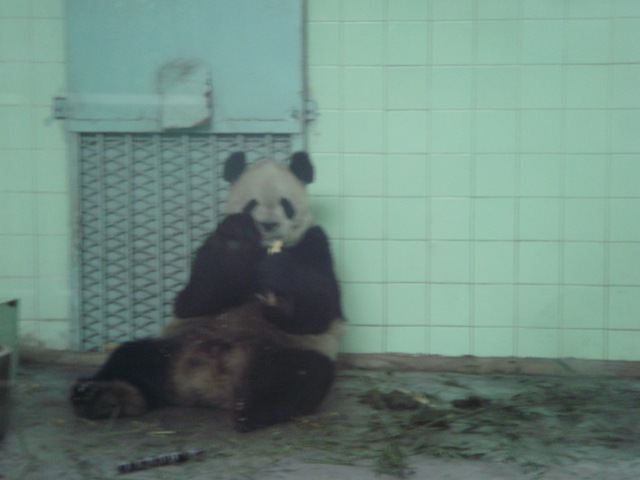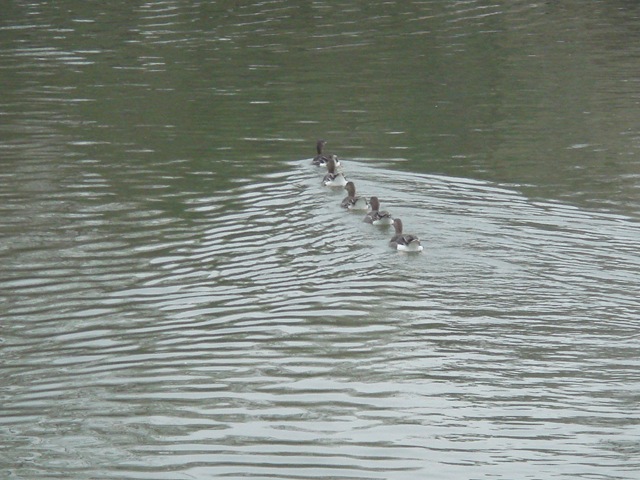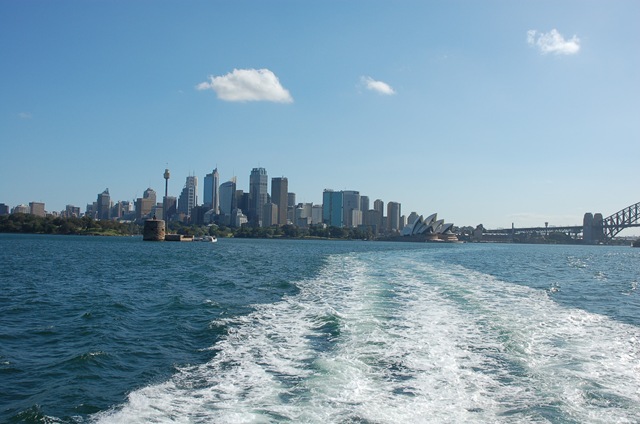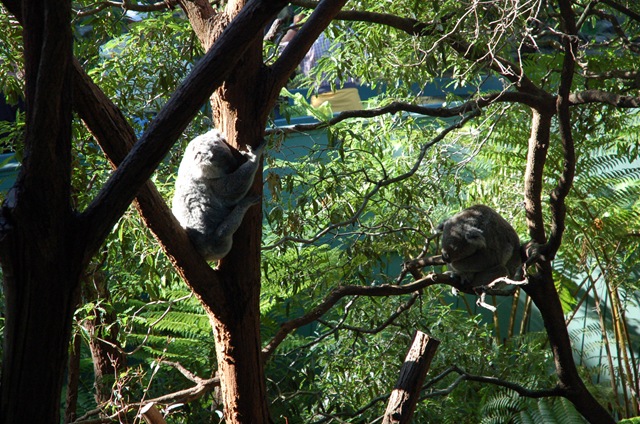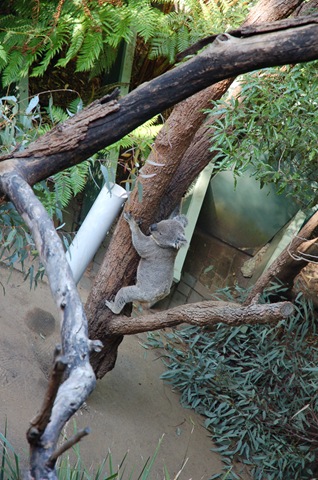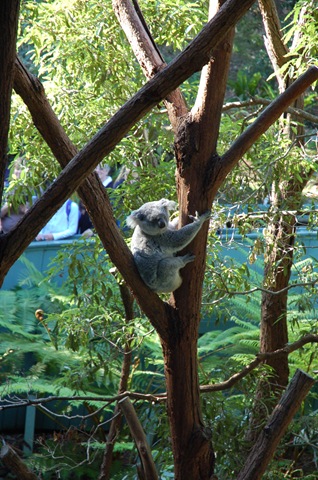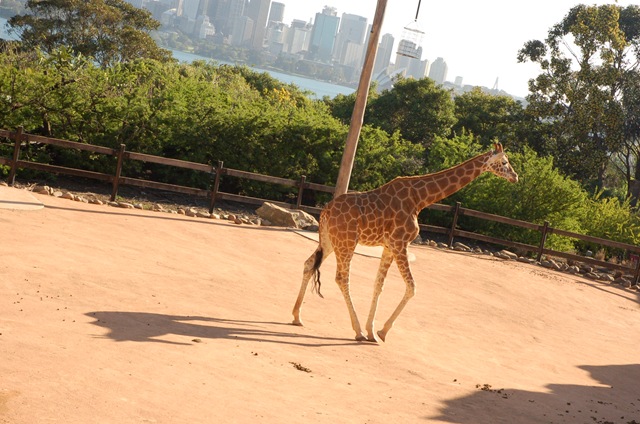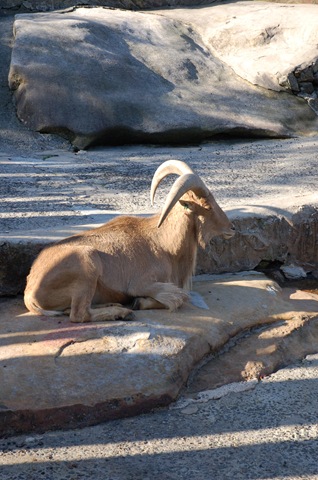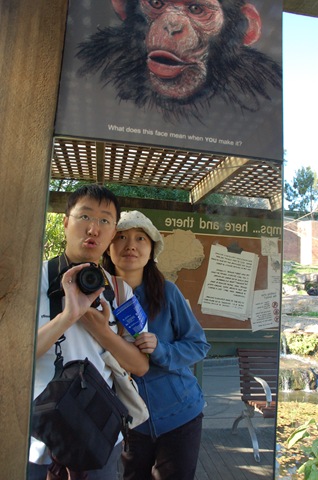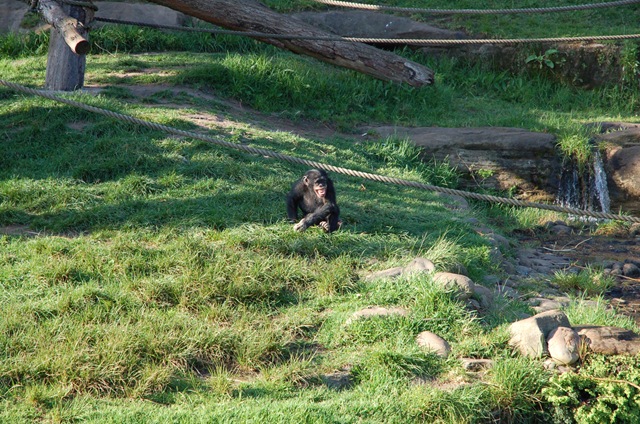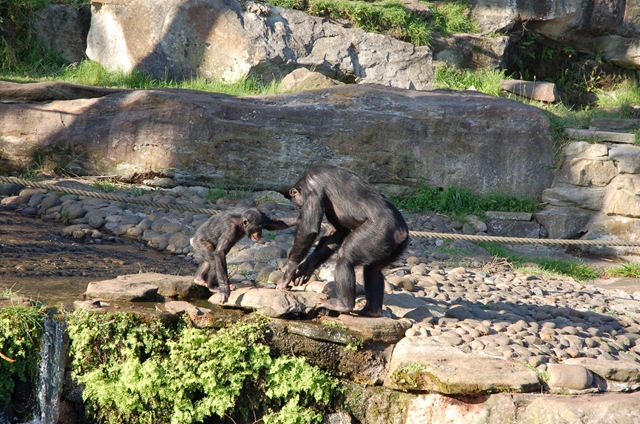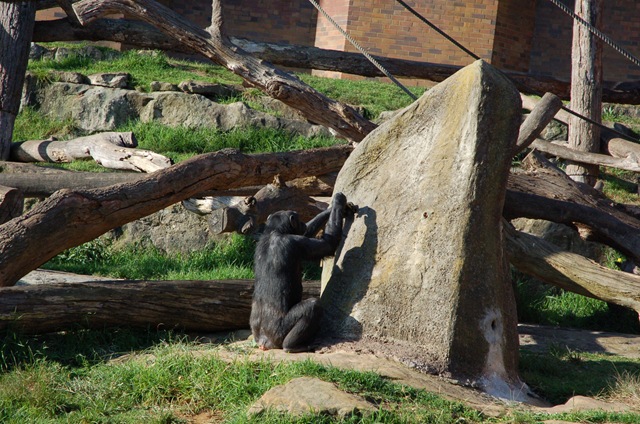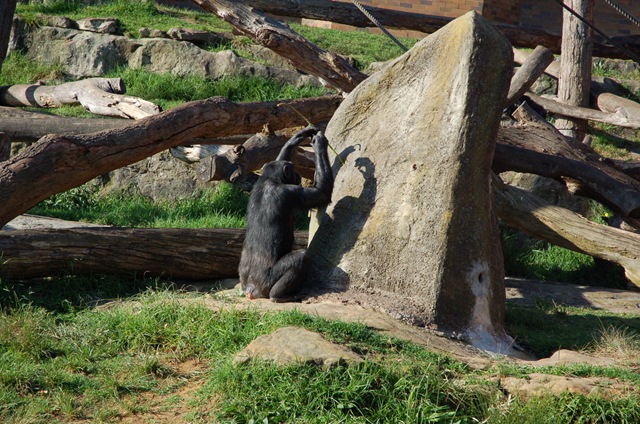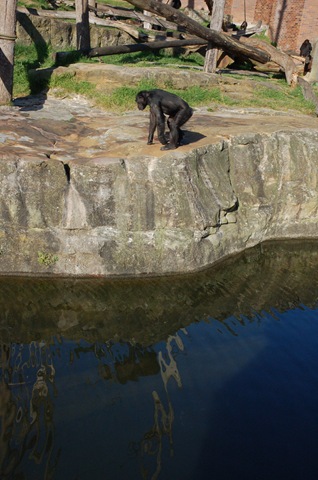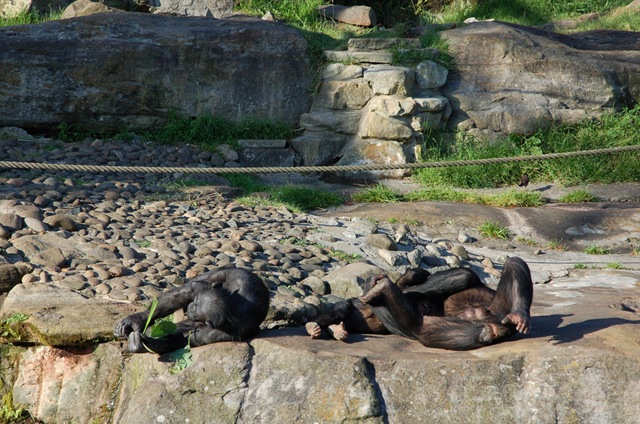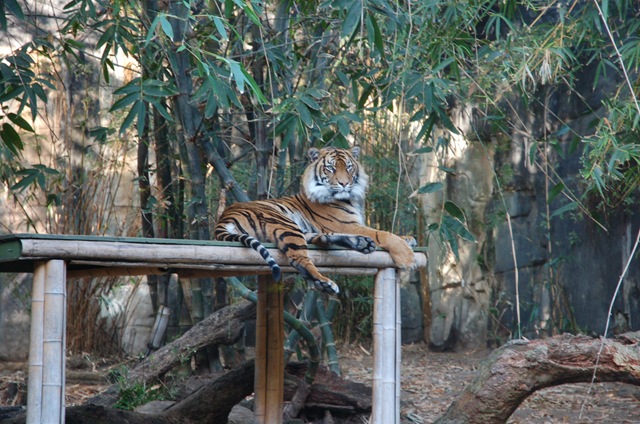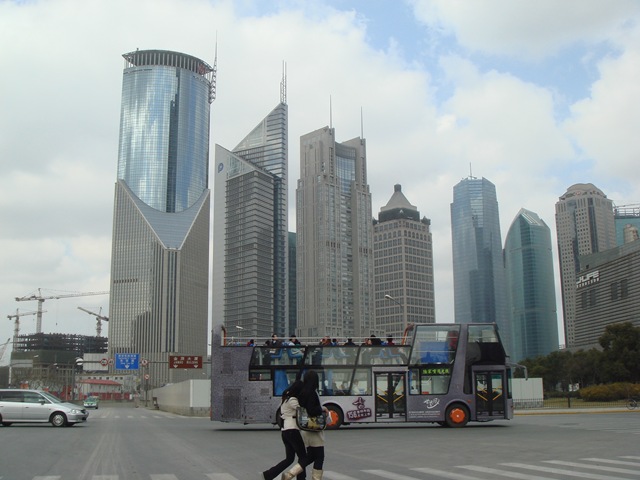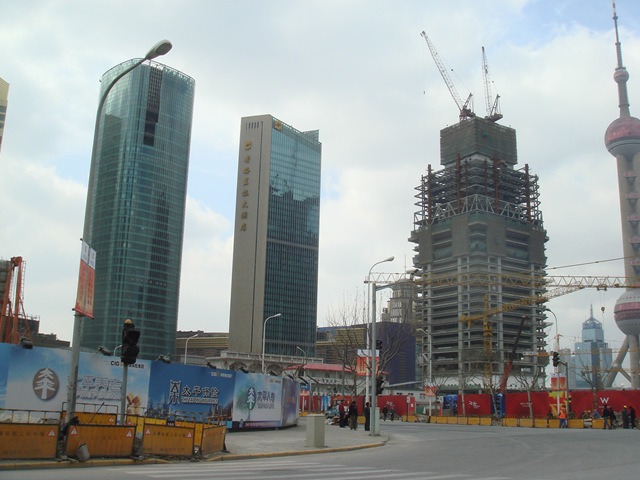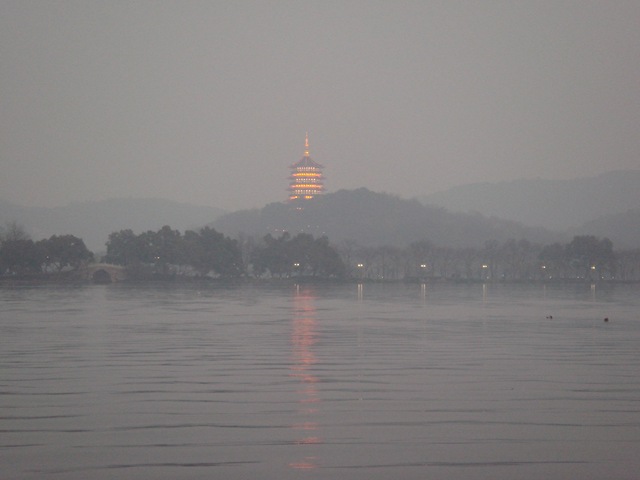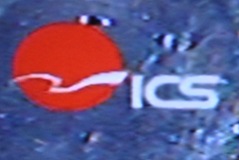This year is a unique and special year in China. I can feel it, but still cannot find a way to understand it so well. The most obvious thing is the recent completion or construction of mega-projects in China.
Let me name a few in this short article, to help my friends to understand the energy and passion of life here in China.
Airports
On March 26, 2008, two terminals of the two largest airports in China – Shanghai and Beijing – opened. On the same day, I happened to experience the two wonderful airport and bring back reports:
- Beijing Airport Terminal 3 (T3) Opens
- Shanghai Pudong Airport Terminal 2 (T2)
- Sunshine and Shadow of Pudong Airport Terminal 2
At the same time, the third runway of Pudong Airport was opened the same day. Considering both Shanghai Pudong Airport’s first terminal and the second terminal of Beijing airport were opened in 1999, you can imagine the economic boom in China in the last 9 years. Now Beijing’s third terminal is the largest terminal on this planet, bigger than Heathrow’s four added together, and also one of the largest building ever built (in term of space). The Pudong Airport T2 also doubled the capacity of the first terminal, and both airports (in Beijing and Shanghai) can handle almost the same amount of traffic as current Heathrow airport (the current world busiest airport).
Beijing didn’t stop because the second airport is also under discussion with the completion of the new terminal.If you look at the whole China, the scene is even more amazing. Beijing’s second airport is only one of the 97 new airports to be built in the next 12 years in China. That is almost 2/3 of the number of the current airports in this country. Raise of economic power? I think so.
Bridges
Besides the current Donghai Bridge (46 km in length and extends to Yangshan Deep Water Port) that was completed in 2005, the second large bridge, from Shanghai to Hangzhou, crossing the Hangzhou Bay – if there is a bay area, maybe this is the best place to name it. The bridge is going to open on May 1, 2008. It is now the largest bridge in the world – another world’s mega-project.
Before this cross-sea bridge opens, the second cross-sea bridge already started construction, just 50 km west of the first bridge, while the third bridge is under planning. If the first cross-sea is far beyond my imagination, the next two bridges sound like fair tale to me. What does it mean? It may mean the hottest city circle in the world may emerge, with Hangzhou, Shanghai, Ningbo, Shaoxing, Jiaxing, and many other cities connected deeply with each other via express ways.
Besides what is happening in the south of Shanghai, another mega project is going on on the north. The bridge and tunnel connecting Shanghai and Chongming Island and from the island to Jiangsu province is under construction and will open in 2010. The tunnel and bridge will connect China’s third largest island with the mainland, and also connect the north China to Shanghai crossing the wide Yangtze River.
Just imagine what if all the projects are completed!
Railways
The Beijing to Tianjin – two of the largest cities in China were just connected via high-speed train. The 120km high-speed train cost people only 30 minutes to commute between the two cities. At interval of 5 minutes, the train runs at 350 km/hour (just a little bit slower than the maglev, but still fast enough, especially considering the lower cost, it is a good choice). 30 minutes may mean that to live in Tianjin and commute to Shanghai is possible alternative for people in the two cities.
Besides the Beijing and Tianjin high-speed train, the Shanghai and Beijing train (beside the old line) is also under construction, and the high-speed train between Shanghai and Nanjing (besides the old line) are also on the way. In the future, fast-speed trains will connect the most powerful cities in this big country, and more economic power will be generated with these lines.
In Shanghai, the Hongqiao Train Station is going to be the largest train station (much larger than also huge Shanghai South Station). Maglev will also go to the station. With Maglev connecting the two big airports in Shanghai, people may transit in just 15 minutes – how people can believe the two stations are 40 km away from each other, and one is on the east most and the other is west of the largest city in China.
Subway and Expressways
In the last month of the last year, 58 metro (or subway, if you want to call it this way) stations were put into use on the same day! They are just part of the 150 subway stations currently under construction in this city. If you look at the future metro map, you will be amazed that places like Chongming Island, and Dishui Lake are connected by metro. All these locations are almost the farthest locations in Shanghai.
In Beijing, its the same. In Nanjing, it is the same. In many cities in China, subways are spreading quickly, and more and more lines are running underground.
If you look at the whole China, I was so amazed by the expressway network. In my Luoyang, in central China’s Henan province, I was happy to see the expressway connected Luoyang with the near by city – Kaifeng, and Zhengzhou, something around 200 km. I haven’t thought about how close these three cities are with the express way. Pretty exciting, isn’t it? However, if you look at another name of the segment of the expressway – Lianhuo Expressway, which means, it is part of a longer expressway, G30, that connects Lianyungang (at city at the East China Sea), and Huoerguosi (a city at the border of West Border) – it is 4280 km in length. The Mega project connecting the three cities is just 0.5% of the entire highway.
Just like G30, G10, G12, G16, G18, G20, G22, G36, G40, G42, G50, G56, G60, G70, G72, G76, G78, G80 all run from the east-most city to central cities or west cities – all cross the country from east to west! From south to north, we also have G11, G15, G25, G35, G45, G55, G65, G75, and G85. The two Mega bridge (Shanghai to Ningbo, and Shanghai to Chongming is just part of the G15 Shenyang to Haikou expressway, again, less than 1% of the total length.
China is building the world’s largest expressway network – just like Roosevelt built the current US freeway network. Although I am not an economist, I can see the huge economic power the highway network put into the country.
Mega-Projects and the Raising Power Behind It
I am not a economist, and I am not a politician. I am just one of the many people in China. I can feel the change on daily basis, and sometimes, when I start to connect the dots together, I saw a picture I never saw before, and many people in China haven’t saw for centuries. China is a complicated mixture of the best thing, a
nd sometimes the worst, and the brightest and the darkest, as I mentioned in my entry: blind men and the elephant. Today, in this moment, I do feel the best and the brightest from this country. There is no doubt that behind the mega-projects I mentioned above, there is a raising power – a power that people cannot afford to ignore.
